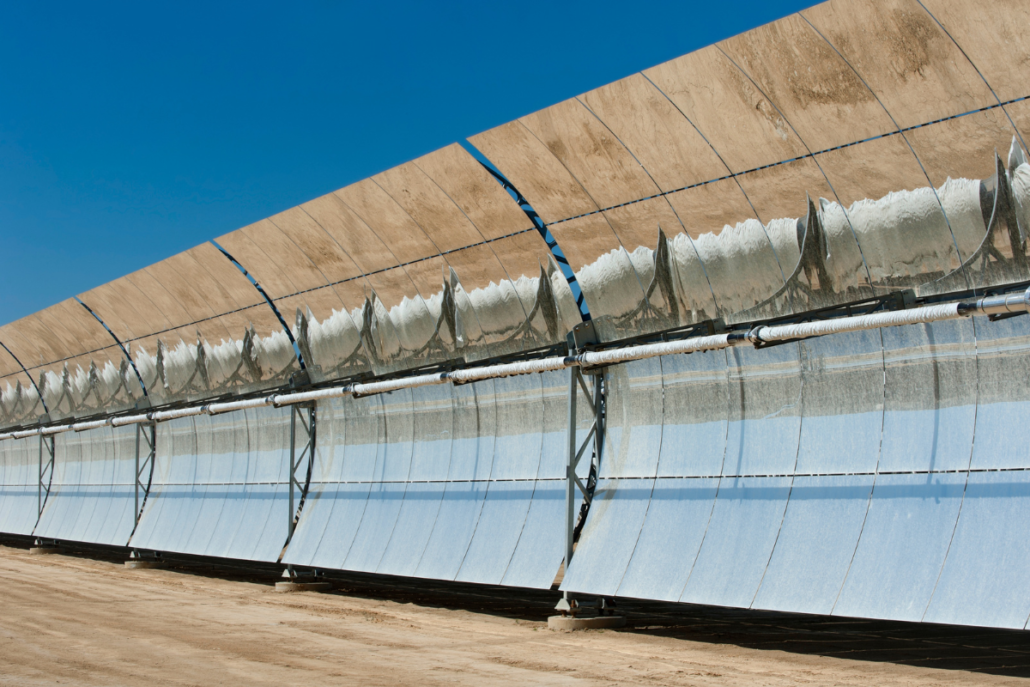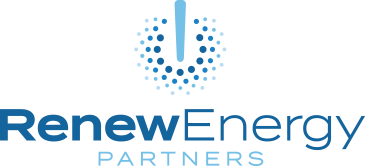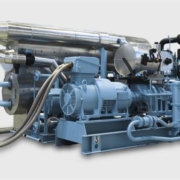The Blog
How Thermal Energy Storage Helps Save Money and Energy

RENEW Energy Partners specializes in funding energy saving retrofits for your commercial, industrial, and institutional buildings. There are many different technologies we install to make your buildings more efficient and reduce your energy bill. One strategy for significant savings is retrofitting your buildings to house thermal energy storage.
Introduction
Thermal Energy Storage (TES) is a technology that allows for the capture and release of heat energy. This is used to regulate temperature in a space, or to store energy for future use.
There are many benefits to using thermal energy systems. It helps you save money on your energy bill, and it also helps conserve energy. In some cases, this storage system is used to generate electricity.
If you are looking for a way to save money and conserve energy, then an energy saving retrofit using thermal energy may be the right solution for you.
What is Thermal Energy Storage?
Thermal energy storage is simply the process of capturing and storing heat energy. This is accomplished by having materials absorb and store heat, and then releasing or converting it when needed. This thermal energy is stored in some surprising materials, including water, salt, sand, rocks, and specialized phase-change materials.
One of the most common ways to use Thermal Energy Storage is in a cooling system, where the captured and stored heat is used to reduce the temperature of a space. This method eliminates excess heating or cooling needs due to sudden changes in temperature.
Thermal energy storage is an effective way of conserving energy, as it stores more energy than any other method available. It is often cheaper than using traditional energy sources, such as electricity, which result in major energy cost reductions for businesses.
The Benefits of Thermal Energy Storage
Thermal Energy Storage offers a variety of benefits to individuals, businesses, and governments.
- Cost Savings – Thermal energy storage allows for significant energy cost savings over traditional sources of energy. When utilizing the heat energy stored, there is minimal energy waste, leading to higher efficiency of energy use.
- Increased Energy Security – Stored thermal energy is frequently used during times of peak demand and unpredictability in the energy market, creating a buffer against supply disruptions.
- Reduced Environmental Impact – The use of thermal energy leads to reduced emissions since the stored energy replaces energy that needs to be generated with fossil fuels.
- Reliable Security – Thermal energy storage is a secure source of energy and is more reliable than other energy sources due to its significant storage capacity. This means that thermal energy can be stored for long periods of time and deployed when needed.
How Does It Storage Work?
Thermal energy storage works by storing heat energy in a medium such as molten salt, ice, or water. When stored in this way, heat energy can be used whenever it is needed.
The process of storing thermal energy is simple. Heat energy is collected from a source such as a solar panel or as waste heat from an industrial process and stored in a medium. This stored heat energy is then used to heat buildings, generate electricity, and other applications.
For example, solar energy is collected during the day and stored in large tanks of water. This energy is then used to heat buildings at night, helping reduce energy costs and emissions.
In other applications, stored heat energy is used to generate electricity. This is done by converting the stored heat energy into mechanical energy, for example by spinning a turbine that generates electricity.
Types of Thermal Energy Storage
Thermal energy storage is used in a variety of applications and comes in different forms, depending on the type of energy storage system implemented:
- Latent Heat Storage – This type of storage involves storing heat energy in a phase-change material such as wax or salt. The phase transformation of the material allows large amounts of heat to be stored or released at a relatively low temperature.
- Sensible Heat Storage – Involves the storing of heat energy in a substance like rocks or water. The stored energy causes a rise in temperature, which can then be utilized for various purposes.
- Cryogenic Gas Storage – By using liquified gases such as hydrogen or methane, this type of storage is very space efficient, allowing for the storage of high amounts of energy in a small space.
- Molten Salt Storage – Salt has a very high heat capacity, and can store and release large amounts of energy, making molten salt storage one of the most popular forms of thermal energy storage at a grid scale. Each type of thermal energy storage has its own advantages and disadvantages and should be chosen based on the specific application.
Economic Incentives for Commercial Thermal Energy Storage
To help businesses utilize these systems, many governments have introduced economic incentives. These can be in the form of subsidies, tax credits, and other incentives to help businesses offset the upfront costs of implementing a thermal energy storage system.
In some cases, businesses and building owners may qualify for low-interest financing programs or other loan programs to help them purchase and install thermal energy storage systems. These programs vary depending on the location and are very effective for businesses to adopt thermal energy systems.
In addition, local regulators usually have specific regulations for installing a thermal energy storage system. Knowing the laws of your state will help you plan and install the system in a responsible way.
RENEW Energy Partners is a long-term decarbonization partner with experience guiding building owners through technology and emissions regulations, identifying and utilizing the best technology and corresponding tax credits for each job, and funding and managing carbon-saving projects from start to finish.
The Future of Thermal Energy Storage
There is growing interest and investment in thermal energy storage systems as businesses and governments are recognizing and capitalizing on their potential to save money and conserve energy.
In the future, advances in technology will likely mean better performance from thermal energy systems at lower prices. This will make them an increasingly appealing option for businesses and consumers.
In addition, solar energy storage is gaining interest due to the intermittent nature of solar energy production. As interest in these applications continues to grow, there is potential for solar powered thermal energy systems to become an increasingly important part of the energy mix.
Thermal energy storage is an effective way to reduce energy consumption, save money, and increase energy security. With increasing demand for energy and the environment, TES is a great option for businesses, manufacturers, and governments.
No matter how you decide to increase your energy efficiency and decrease your carbon footprint, these kinds of projects require funding. In order to fund an energy efficiency project for your building(s), RENEW Energy Partners offers an energy service agreement (ESA). The Energy Service Agreement:
- May be treated as an off-balance sheet transaction. In that case, you do not own the asset or carry it on your balance sheet (consult your tax advisor).
- RENEW provides preventive and corrective maintenance in the service agreement.
- Your payment to RENEW will be based on the energy savings confirmed once the system is operational.
The RENEW Energy Service Agreement allows businesses to focus on what they do best, while ensuring that their facilities are performing at their peak with brand new, and high-efficiency equipment. In this current climate of cost control and resource allocation, the energy service agreement is the perfect solution to help businesses meet sustainability goals and keep facilities in top condition. Reach out to RENEW and talk to us about financing your energy saving retrofits today.










